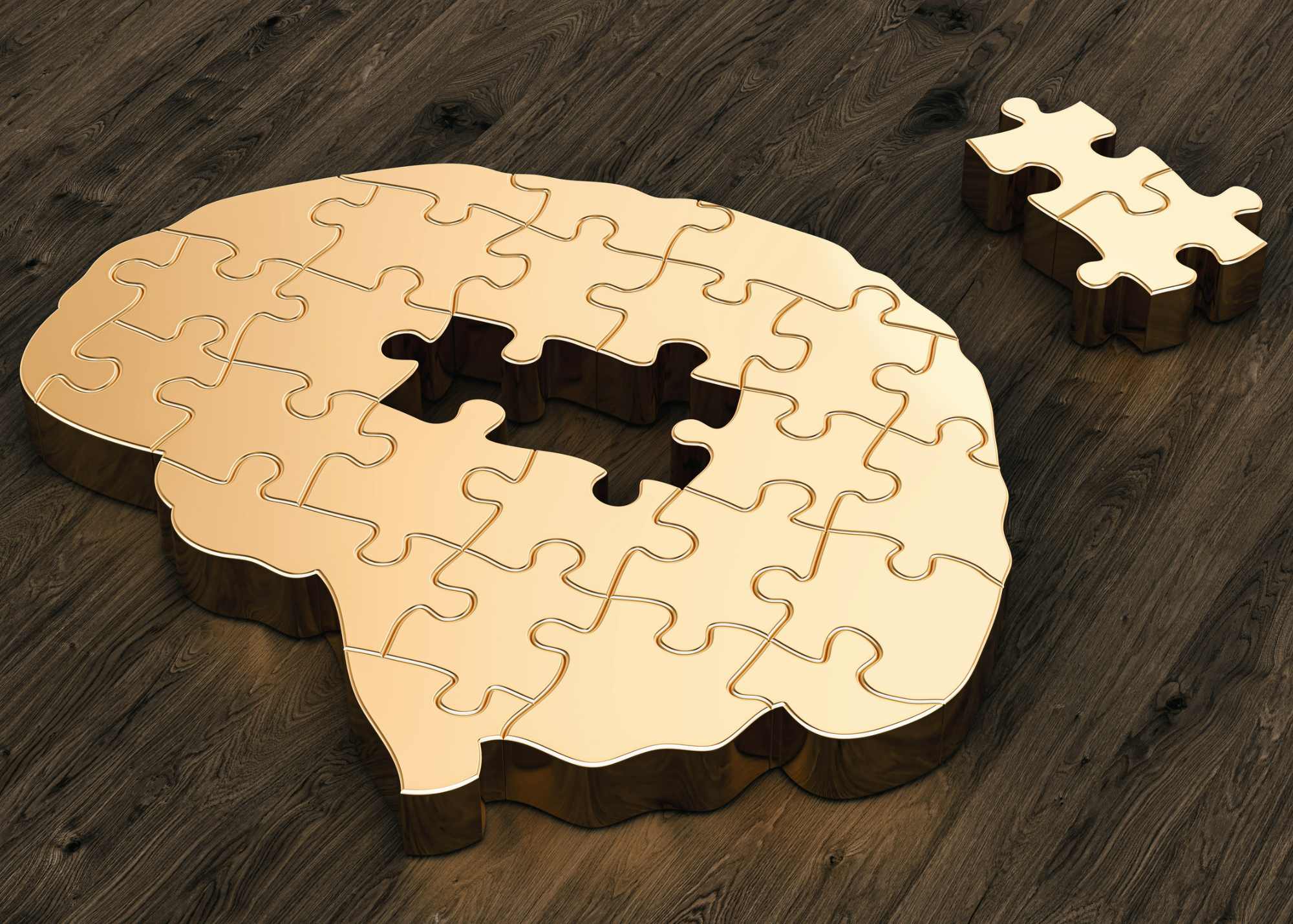The lesser-known problematic protein wreaking havoc on the brain: TDP-43
Scientists have linked the progression of Alzheimer’s to the buildup of certain kinds of protein in the brain. Sometimes, these proteins malfunction and gum up communication between neurons—a situation that eventually leads to the death of brain cells. A new wave of Alzheimer’s treatments for the disease—including the recently FDA-approved Leqembi—are being designed to target the best-known of these proteins linked to Alzheimer’s risk: beta-amyloid plaques and tau tangles, eliminating them in order to slow down the progression of the disease. However, there are other problematic proteins that might be involved in Alzheimer’s and other dementias, too, and scientists are sounding alarms that these lesser-known proteins deserve a closer look.
In 2006, researchers found a new protein deposit implicated in dementia: TAR DNA binding protein (TDP-43), which tends to show up in clumps in the brains of people with frontotemporal dementia and amyotrophic lateral sclerosis. Gradually, researchers learned TDP-43 also aggregates in the brains of about half of all people who have Alzheimer’s.
TDP-43 isn’t always the bad guy: In a healthy brain, its role is to help copy the genetic instructions for making proteins. If the TDP-43 starts clumping up, it could lead to eventual neurodegeneration. Scientists haven’t yet learned what makes these proteins go haywire, but they do consider them useful clues that can tell us when Alzheimer’s is on the horizon. And we can spot these protein clumps early enough, and clean up the mess, the idea is that it’s possible to get ahead of it and stop further damage from being done.
Spotting Alzheimer’s earlier
Scientists believe deepening our knowledge of this lesser-known protein could help make it easier to diagnose dementia, thereby connecting people with better treatment options, earlier.
Dementia is notoriously difficult to accurately diagnose. Symptoms from different forms of dementia can overlap, and patients might have more than one dementia at a time, making it even harder to get a clear picture of what’s happening. Without an accurate diagnosis, doctors can’t necessarily recommend the best course of care.
The most definitive diagnostic methods available so far do revolve around looking for beta-amyloid in the brain, utilizing sometimes pricy amyloid PET scan, or by invasive lumbar puncture. More affordable, more accessible diagnostic methods are urgently needed.
Many of these tests aren’t accurate enough just yet, and the developers of these new diagnostic tests hope TDP-43 could help. Screening for build-ups of this protein in the brain too could complement the information about the presence of beta-amyloid and tau to give the accuracy of these blood tests a boost.
TDP-43 Treatments
In addition to better diagnostics, drug developers are looking to TDP-43 as a possible target for drugs designed to help slow or stop dementia. Drugmaker Annovis Bio is currently developing one such drug, buntanetap, that prevents TDP-43 buildup as an approach for stopping disease progression.
Buntanetap comes in capsule form. It works by halting the formation of several of these known, problematic protein plaques and deposits, including amyloid, tau, and TDP-43.
It will soon commence Phase 3 trials for treating the mild and moderate stages of Alzheimer’s, Parkinson’s, and other neurodegenerative diseases.
Researchers believe that the future of treating Alzheimer’s and dementia involves more than one drug—targeting multiple proteins and pathways. Buntanetap and other drugs that target TDP-43 could be important pieces to solving the Alzheimer’s puzzle.
